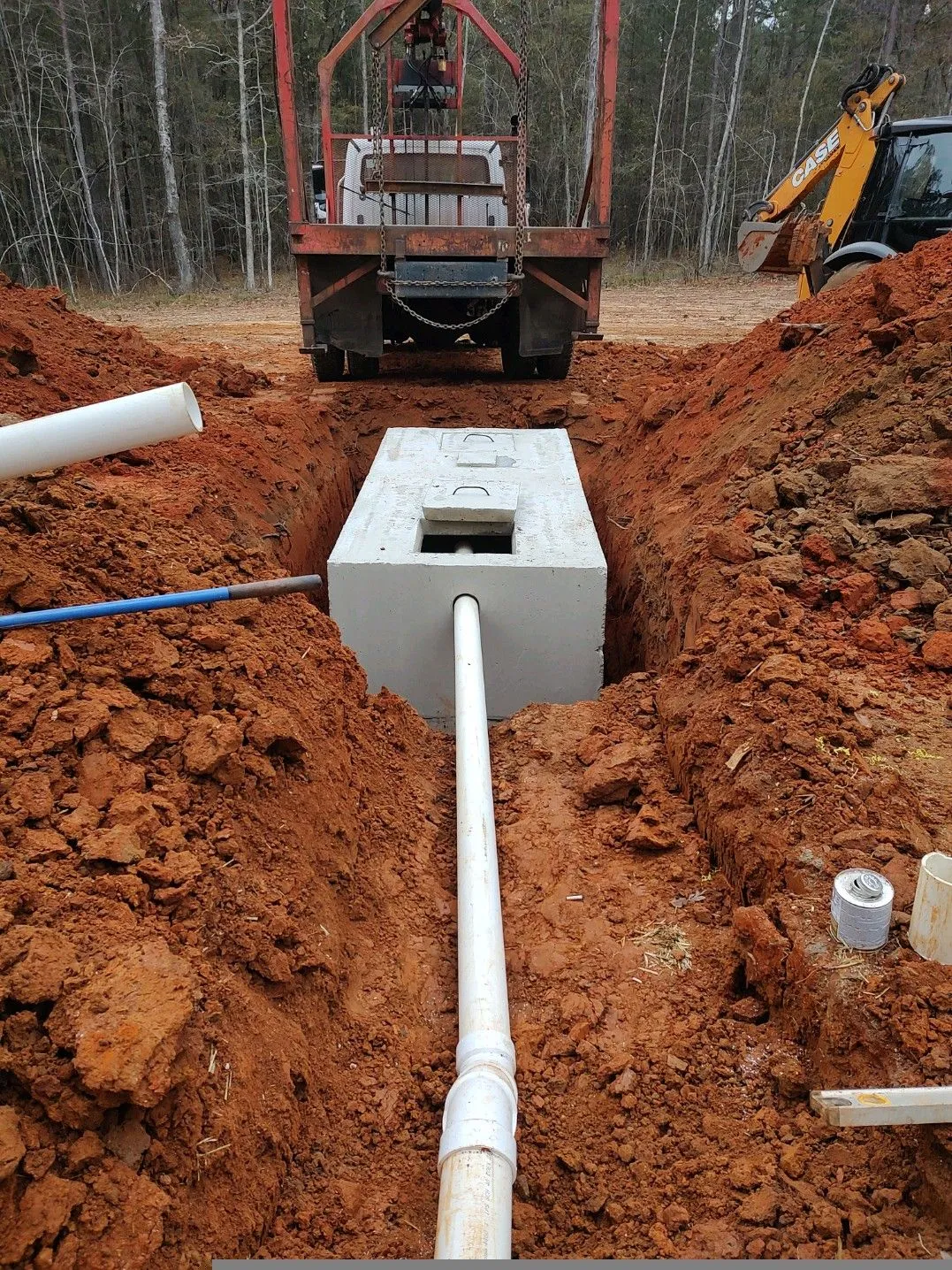
A Homeowner's Guide to Septic System Installation: What to Expect and Prepare For Oct 10, 2025
The first step in any septic system installation is consulting with a professional septic service company like South Georgia Septic. Engaging professionals ensures compliance with local regulations and helps in choosing the right system suitable for your property size, soil type, and household needs.
Once you have selected a septic service company, the next phase involves site evaluation and design. A certified technician will assess your property, examining the soil composition and assessing the water table levels to determine the best location for your septic system. This evaluation helps prevent potential issues such as improper drainage or system overload.
Following site assessment, the design phase begins. Your septic service provider will use the collected data to create a system design that meets your home's sewage and wastewater needs while adhering to regulatory standards. This stage includes selecting the right size for the septic tank and drain field, ensuring the system's efficiency and longevity.
Before construction can commence, obtaining the necessary permits from local authorities is essential. This process involves submitting plans for review and approval, ensuring that the septic system installation complies with all environmental and health standards. Your septic service provider typically handles permit acquisition, streamlining the process for you as a homeowner.
Once permits are secured, the installation begins. This phase involves the excavation of the site, followed by the installation of the septic tank and drain field. Professional installers, like those at South Georgia Septic, will ensure the system is installed correctly, using high-quality materials and industry best practices. This attention to detail minimizes the risk of future issues and prolongs system life.
As installation progresses, it is important for homeowners to be aware of the heavy machinery that will be utilized, as this can impact your property temporarily. Clear communication with your service provider ensures you understand the timeline and any potential disruptions.
After the installation is complete, a final inspection is conducted by local authorities to confirm that the system complies with all regulations and is functioning correctly. This ensures that the septic system installation is up to code and safe for household use.
With the installation finalized, ongoing maintenance becomes crucial. Routine care, such as regular inspections and pumping schedules, is essential to maintaining system health and preventing problems. Remember, a well-maintained septic system can last for decades, offering efficient and effective waste management.
In conclusion, preparing for a septic system installation involves careful planning, working with experienced professionals, and understanding the various stages of the process. By partnering with a reputable service provider like South Georgia Septic, homeowners can ensure a smooth installation that benefits both their property and the environment. Stay informed, be prepared, and your new septic system will serve you well for years to come.
/filters:no_upscale()/media/9ea110d9-8e86-4c63-8848-b19e6ea2c83a.jpg)